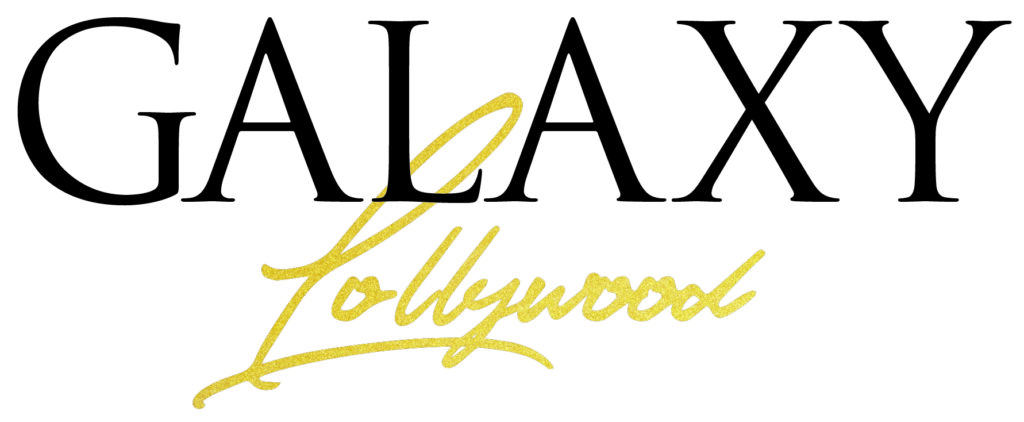 Pakistan’s mainstream film industry, better known as Lollywood, may have fallen on hard times. But in recent years, an exciting bunch of offbeat movies by independent filmmakers has been showcased across the world. These films aren’t regular Lollywood ‘masala’. Director Shoaib Mansoor’s internationally acclaimed Khuda Kay Liye (2007) depicted the plight of Muslims in post-9 /11 US, and also showed how liberal-minded Pakistani youths were brainwashed by radical clerics. Zibahkhana (2007), literally meaning, the slaughterhouse, was Pakistan’s first GenNow flick.
Pakistan’s mainstream film industry, better known as Lollywood, may have fallen on hard times. But in recent years, an exciting bunch of offbeat movies by independent filmmakers has been showcased across the world. These films aren’t regular Lollywood ‘masala’. Director Shoaib Mansoor’s internationally acclaimed Khuda Kay Liye (2007) depicted the plight of Muslims in post-9 /11 US, and also showed how liberal-minded Pakistani youths were brainwashed by radical clerics. Zibahkhana (2007), literally meaning, the slaughterhouse, was Pakistan’s first GenNow flick.
The story of five friends who take a shortcut to a music concert through a jungle only to face ghoulish zombies was much discussed in horror film festivals and earned two international awards as well.
Ramchand Pakistani (2008) told the true story of an eight-year-old Pakistani Dalit boy and his father who accidentally crossed into India. Their life in a Gujarat jail formed the narrative’s core. In the 2008 Osian’s film festival, director Muhammed Saife had shown his digital film, Victoria’s Ticket, which was about an eight-year-old boy, his mother and an old stamp collector.
Now, Slackistan, a small-budget venture made by debutant Hammad Khan, is all set for an international release in 2010. It offers a peep show into the lifestyles of the young and the wealthy in Islamabad. Even in the times of terror, their cocooned lives revolve around swank automobiles, booze and flashing disco lights. The promotional blurb of the film is: Think you know Pakistan. Think again.
“It’s a counter-cultural film, one that rejects the stereotypical western view of Pakistan and also rejects the prevailing establishment of older cultures and traditions,” Khan, a British director of Pakistani origin, was quoted in the London-based Guardian newspaper.
Making the films was anything but easy for these aspiring filmmakers. For Slackistan, hero Shahbaz Hamid Shigri used his own car for the shoot. Zibahkhana’s Omar Ali Khan self-funded the entire project worth about Rs30 lakhs. “I bought the cheapest high-definition camera,” he told TOI during 2008 Osian’s film festival. Ramchand Pakistani was also partially self-financed by producer Javed Jabbar. Of these, Khuda Kay Liye and Ramchand Pakistani were commercially released in India with the former earning both critical praise and commercial rewards.
Pakistan’s film industry flourished in the 1970s. It was a huge institution of public gathering. But then, it became a victim of the VCR, cable television, President Zia ul-Haq’s Islamization of Pakistani society, and finally DVD piracy. In 1985, 1,100 movie houses operated in Pakistan; today, only 120 are in business.
In 2009, several Pakistan cities and towns were rocked by terror attacks. But media reports say that the spirit of the creative young remains undaunted. The independent filmmakers underline the tremendous possibilities that brave, new Pakistani cinema offers.
Via: The News



